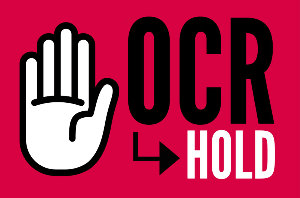
The New Zealand economy continues to evolve as anticipated by the Monetary Policy Committee. Current consumer price inflation remains above the Committee’s 1 to 3 percent target range. A restrictive monetary policy stance remains necessary to further reduce capacity pressures and inflation.
Globally, while there are differences across regions, economic growth remains below trend and is expected to remain subdued. However, most major central banks are cautious about easing monetary policy given the ongoing risk of persistent inflation.
Economic growth in New Zealand remains weak. While some near-term price pressures remain, the Committee is confident that maintaining the OCR at a restrictive level for a sustained period will return consumer price inflation to within the 1 to 3 percent target range this calendar year.
The New Zealand dollar briefly blipped up about 20 points but then settled at about 10 points higher at 60.7 US cents but wholesale interest rates barely budged.
The latest inflation numbers for the December quarter showed although the quarterly increase was just 0.5%, the annual rate of 4.7% was still way higher than the top of RBNZ's target.
Economists are forecasting an 0.7% or 0.8% increase for the March quarter and that data will be released on April 17.
Squirrel chief executive David Cunningham acknowledged that the OCR decision was as expected but said that it “captures group think” and that the central bank is risking over-tightening.
“They've failed to acknowledge that they've already done the job, Cunningham said, noting that the March quarter of last year, which was a 1.2% increase in the CPI, will drop out of this year's annual figure for the year ended March.
“What we've actually got happening is that interest rates are rising to a still more restrictive level,” for mortgage holders, some of whom have rolled over onto higher rates already three times from the lows of 2021. RBNZ “is committing NZ to a deeper recession and more economic pain than is necessary.”
Kiwibank chief economist Jarrod Kerr said he has thought for more than a year that the RBNZ was at risk of tightening too much and holding rates at high levels for too long.
“We've seen things tighten quite rapidly over the last year – we're worried about some households and businesses,” Kerr said.
“We do think inflation is going to be back in the box later this year,” but he doubts RBNZ will start cutting the OCR before November at the earliest – the February monetary policy statement had the first rate cut penciled in for the second quarter of 2025.
“Psychologically, they're going to want to see a 2 in front of the number” before the RBNS is sufficiently confident that inflation is back under control, Kerr said.




Comments
No comments yet.
Sign In to add your comment